Biosensor ensures that patients return home safely
Going home earlier, reducing healthcare costs and a personal dose were the focal points of most teams when pitching their idea to the jury. Thirteen teams from all over the world presented their biosensors during the third edition of SensUs, last weekend in Eindhoven. The TU/e was represented by team T.E.S.T.
During this edition of SensUs, students had to develop a biosensor for the antibiotic vancomycin. A biosensor is a small instrument that can measure molecules in samples of body fluids, such as blood. A well-known example is the glucose sensor, which is used for patients with diabetes.
Maritza Rovers from SensUs explains why it is so important for such a biosensor to come available: "Currently, patients who require the antibiotic vancomycin receive a standard dose. This is determined on the basis of their height, weight and age. But this is actually not optimal because there are many more variables that influence the required dose, such as the kidney function that needs to clear the medicine and is different for everyone. Too high dosages of antibiotics are common and dangerous. SensUs aims to accelerate the development of a biosensor for the antibiotic vancomycin. With this we aim for a personal dosage of antibiotics."
Challenges
Developing such a biosensor is not easy. The Chinese team TruSense mainly had challenges in terms of team composition, says Qixin Zhang. "We are thirteen students and only have two students with a major in engineering in the team. The rest of us follow a major in biomedical sciences, so the engineering part is difficult for us."
Read on below the photos.
The Canadian team Biosensum had the misfortune that their world plug did not work manually as they thought, but automatically. Given the differences in voltage between Canada (120 volts) and the Netherlands (230 volts), such a voltage converter is essential. The detector melted when they plugged it in. The team did not give up, Frédéric Fournelle tells us: "We came up with an alternative to the detector: the camera of the smartphone. Now we even want to compare this backup with the original detector, because it may be interesting for the market value of our solution."
It is not just about the development of the biosensor. The students also have to think about the commercial side. Team T.E.S.T. sure has ideas about this. Robert van Dijk: "Our biosensor will ensure that hospital patients can be discharged from the hospital earlier and can switch to home care. This yields a profit for hospitals, health insurers and patients. Our device works with cartridges that measure the amount of vancomycin in the blood and help the doctor prescribe the new dose."
Awards
There are four awards in total of which one is awarded by the public. Each award has a first and second prize. TU/e team T.E.S.T. won the second prize in the public inspiration category. Switzerland received the most prizes: the first prize for analytical performance, the second prize for creativity and the second prize for translational potention. The latter is focused on the market potential and strategy to bring the idea to the market and make it successful. Victor Steininger of the Swiss team SenSwiss had a special idea about this: "Our device will be available free of charge to healthcare professionals and the money is earned with the tests".
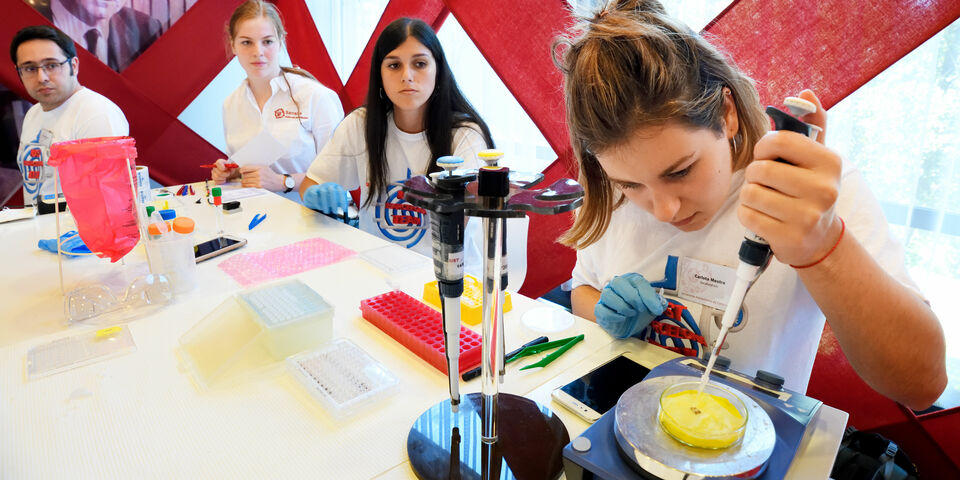

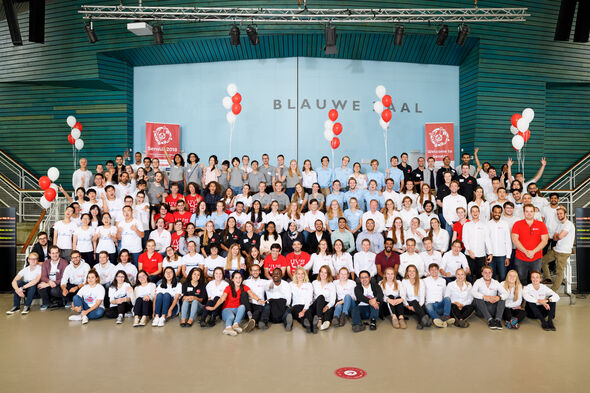
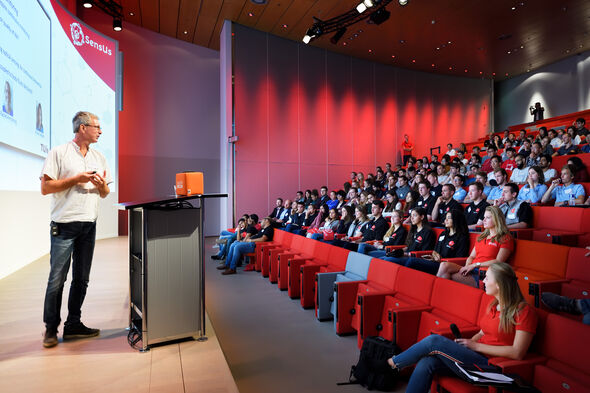
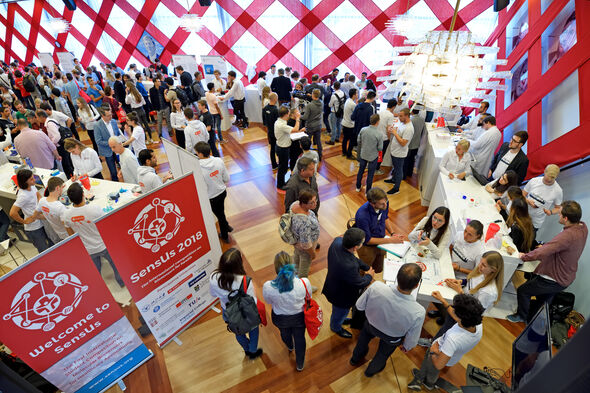
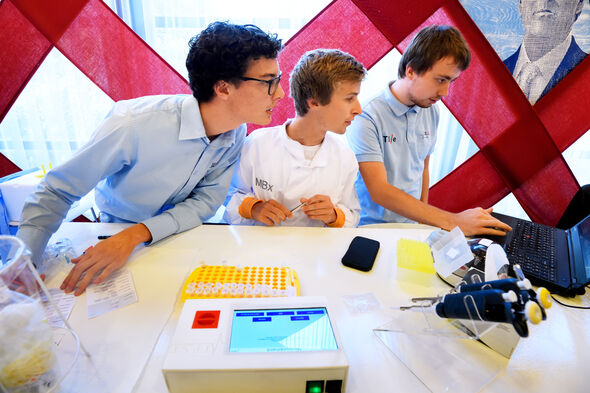
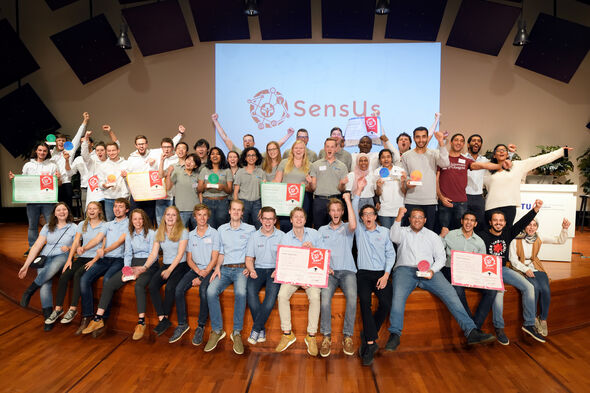
Discussion